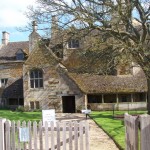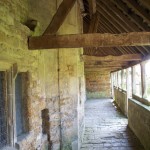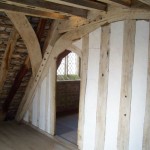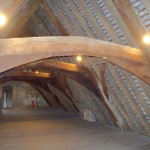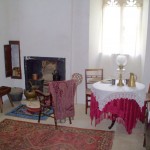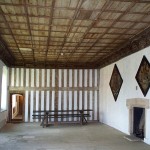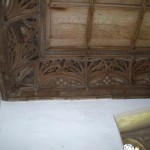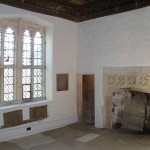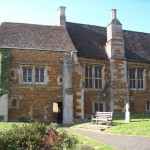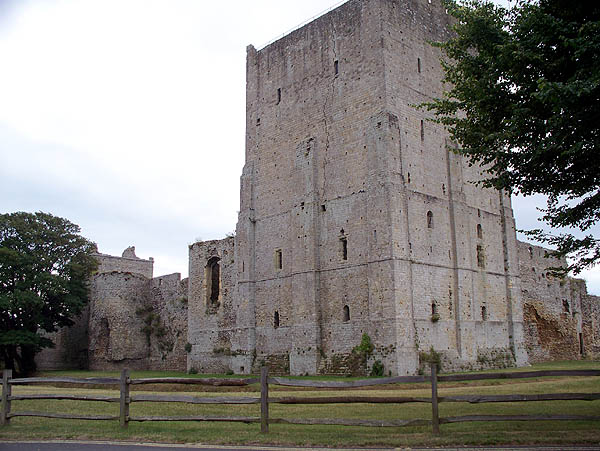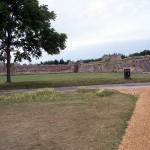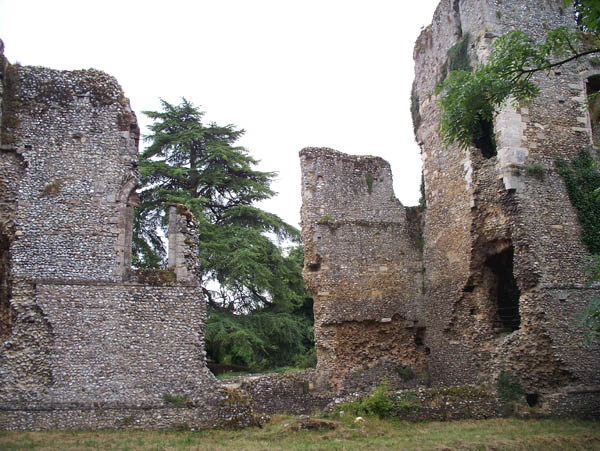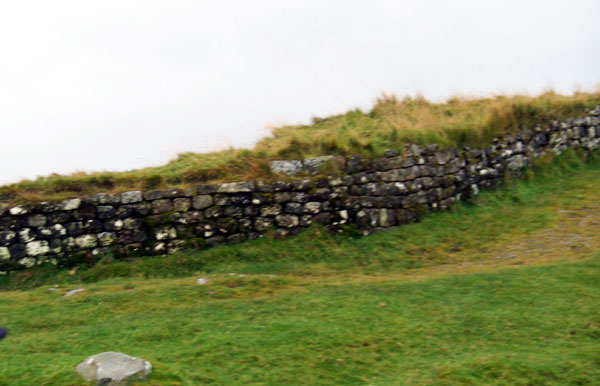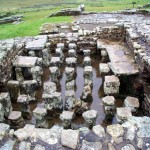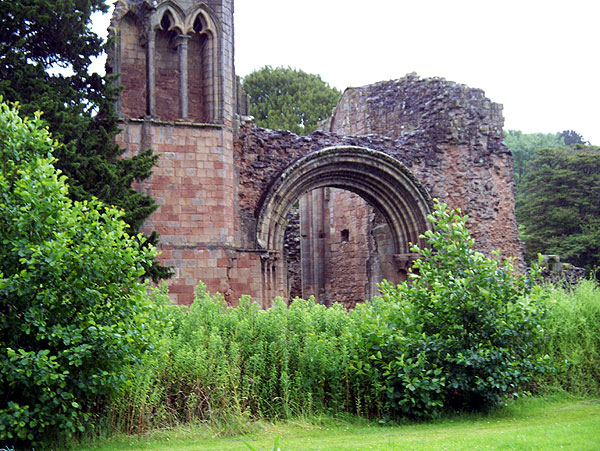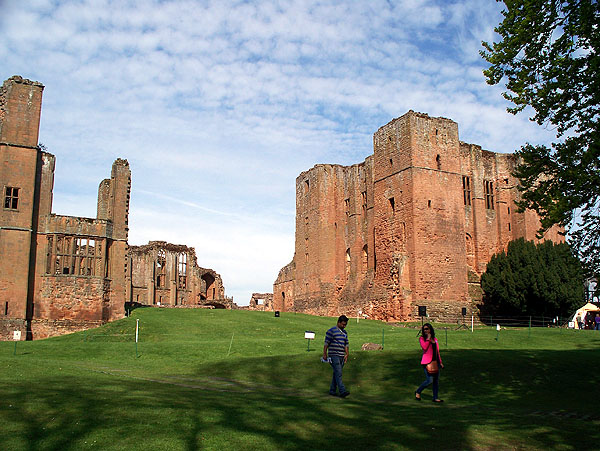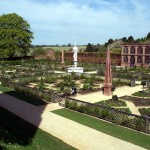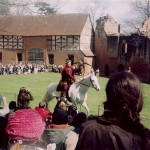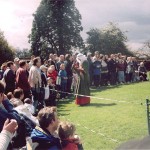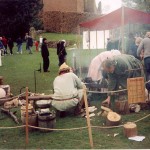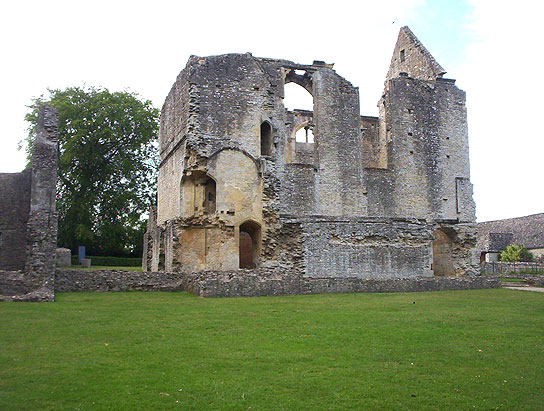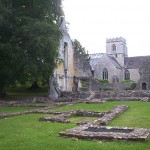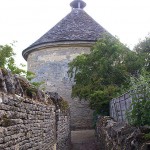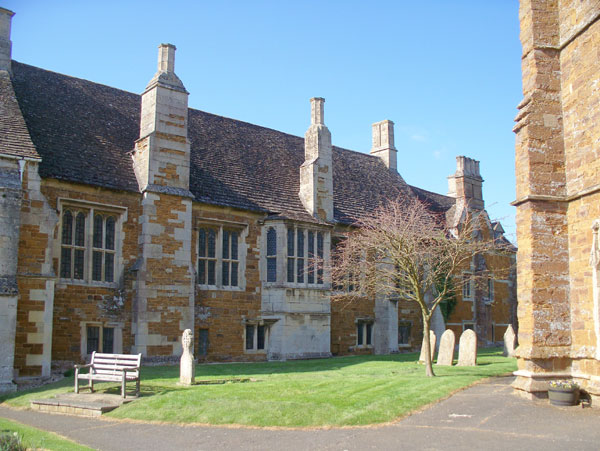
English Heritage
The Bede House is the surviving wing of a medieval palace built for the Bishops of Lincoln. After the dissolution of the monasteries, the palace was passed to one of Henry VIII’s supporters. In 1600 the structure was converted to almshouses for pensioners or ‘bedesmen’, and later remodelling produced the current structure with the addition of chimneys, fireplaces, and subdivisions to provide 12 small ground-floor rooms.
The Bede House is next to the church and churchyard, which seem to have been built later. The building, on three floors, is of great interest, and contains on the first floor a very fine Great Chamber, later the common hall of the Bede House. The chamber retains its ornate wooden ceiling and sumptuously carved wooden cornice. The adjoining Presence Chamber has a similar ceiling. A room near the stairs is fitted out as it would have been when last occupied, by a widow.
On a later visit (Aug 2021) I identified the small watch-tower at the end of the currently uncultivated grounds, above the street corner with the High Street. At the lower level, the street footpath runs through it.
On reaching the end of the sat-nav directions, you need to park in the village street and proceed on foot. The EH pay desk is inside on the ground floor. The EH guidebook contains floor plans and much historical information.
